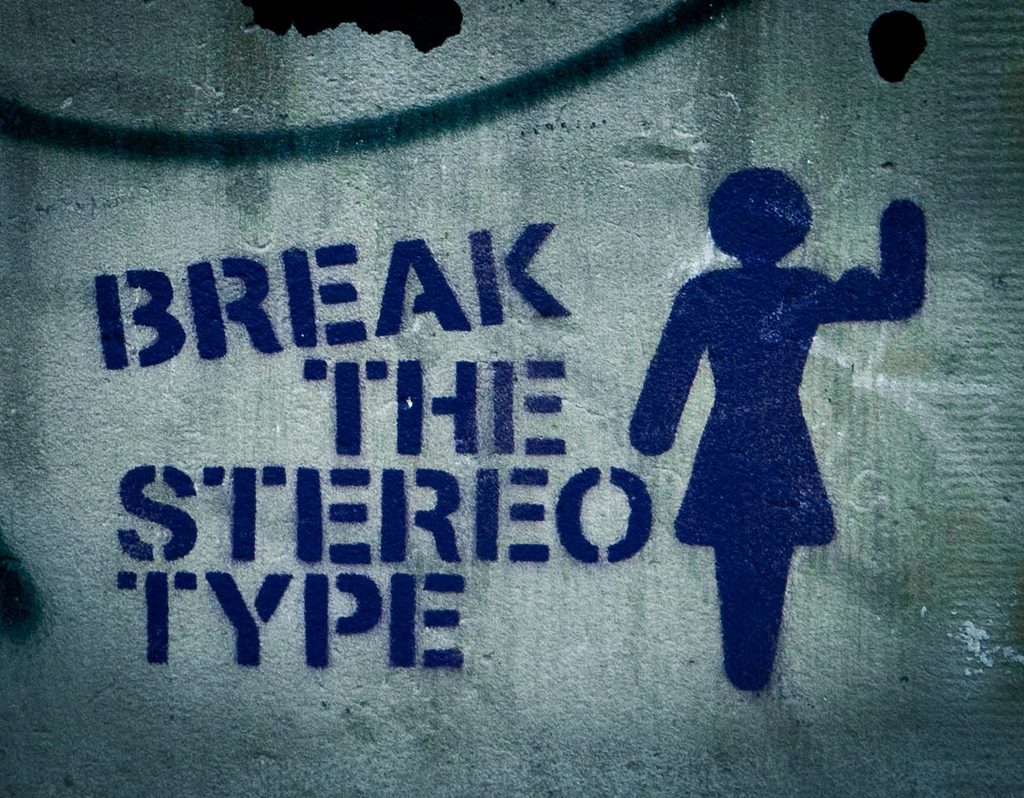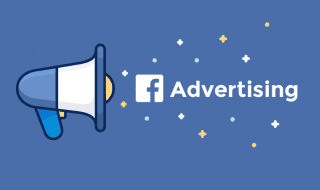
When MTV movie awards decided to abolish gender categories in films and TV and rewarded Emma Watson for her role in Beauty and the Beast in 2017, everybody listened as the talented actress described the reward as meaningful social progress. It was “the first acting award in history” that didn’t “separate nominees based on their sex,” and that, naturally, defined a new phase in how people perceived the human experience. Emma Watson has been very active in the campaign HeForShe, on Twitter #HeForShe, and that stands for gender equality.
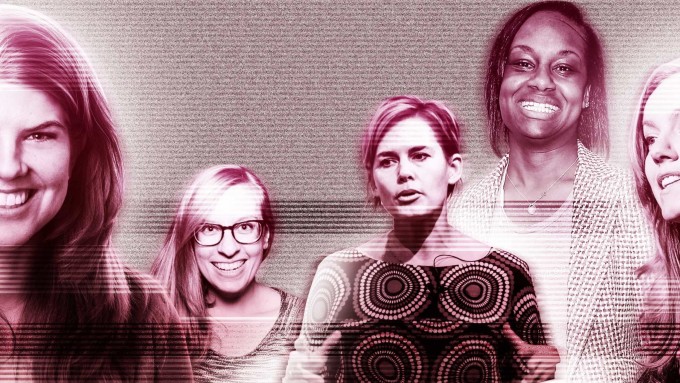
Women in Technology: Why We Need More Code Girls in This Field
Genderlessness was the logical next step for the actress, who with the MTV award made swiftly the move from campaigning for the advancement of women to a society that doesn’t discriminate or differentiate genders. For some viewers, it was another reward in the career of a talented young woman. But for all those who have suffered or are suffering from a gender cliché, who are victimized by social stereotypes and expectations, Emma Watson’s speech was like a light at the end of dark tunnel. Yes, there is hope to tackle stereotypes and maybe create a world that provides each with equal rights and opportunities. Indeed, the way we, as a society, perceive genders roles and expectations and rely on other stereotypical demographics and racial preconceptions might be about to change. Unfortunately, as medias are primarily responsible for sharing harmful social clichés, it is the role of modern advertising campaigns to reverse the damage and build a neutral space for social growth and tolerance. Let’s consider firstly how advertising approaches stereotypes to understand why they can be socially crippling as well as how everyone can help to break the stereotype mold. It is, after all, the start of a long battle that needs everybody’s support to succeed.
What are the gender clichés in advertising?
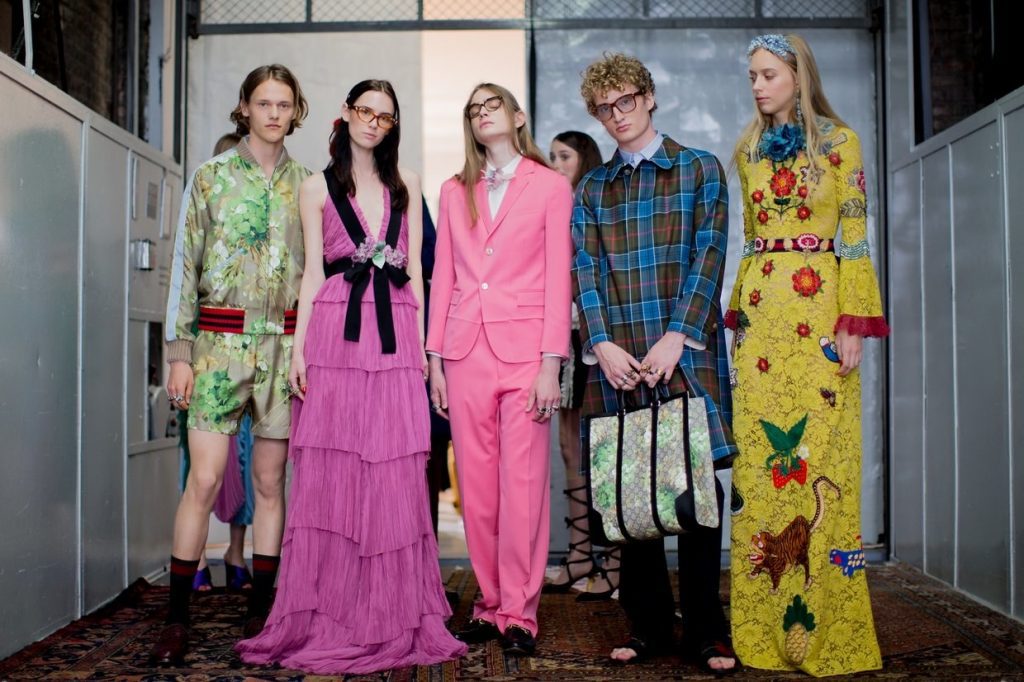
Geeks Unite! From Nerds To Rulers Of The World
If you haven’t been paying close attention to the advertising messages around you – on TV, radio, online and in magazines – it’s likely that you may not be too sure of the importance of gender clichés in marketing communication. In fact, for a lot of consumers, gender stereotypes have been learned and integrated into early childhood, so that they appear completely natural and even normal nowadays. In fact, most people wouldn’t even blink when they shop for children’s clothes and toys. It has become universally accepted that boys and girls have to like different colors: Pink is for girls and blue is for boys. Who questions that simple fact anymore? But it would be foolish to assume that just because you don’t think about gender clichés, nobody else does. In fact, last summer, the ASA published evidence that stereotypes can limit the choices, opportunities, and aspirations of children and even adults. The Depictions, Perceptions and Harm report accused the marketing brand image and strategy of brands to cause harm to individuals involuntarily. As a result, John Lewis was first to react in the UK by removing gender specific labels from their children’s clothing lines. This bold move received the approbation of several young parents. However, the problem of gender stereotypes remains still very present in most marketed products. Clarks, for instance, was accused of sexism when they launched Dolly Babes shoes for girls and Leaders for boys, which plants the first sexist seed in the mind of young children. However, it would be unfair to blame brands for their advertising. It is our responsibility, as consumers, to keep our eyes open and stop abusive gender-biased marketing messaging as we see it.
Other stereotypes are present in marketing

Are Good Leaders Born Or Made?
While gender clichés are common, they are not the only form of stereotype abuse that we receive from our preferred marketing advertisers. Marketers, indeed, work with personas, which are defined by assumptions based on demographic data and market segments. While it is a natural process in the life of a marketing department, it is also essential to work with an expert team that understands the difference between personas and stereotypes. To put it in simple terms, a marketer needs to engage with people and not with stereotypes. While a persona is a fictional representation of the ideal customer, it needs to evolve and grow with the business experience and the evolution of the market. A persona that doesn’t evolve become a fossilized set of fixed data, and turns into a cliché. Without the appropriate research to fully understand your target demographic, your marketing relies in clichés. Gender remains a traditional cliché, as seen by the negative reaction sparked by the Beach Body Ready ad from Protein World, which displays a slim woman. Other stereotypes that can be found in the marketing sphere relate to age – not all pensioners want to take care of their garden, for example, or not all 18-year-olds leave with their parents – and the Millennial generation, which is too easily described as narcissistic digitalists. Racist stereotypes are less present, but it isn’t completely uncommon to come across the odd ad that relies on international lichés to sell a brand. In other words, believe it or not, but not all French are rude, and not all Germans are very precise and organized.
Don’t let one demographic dominate your market
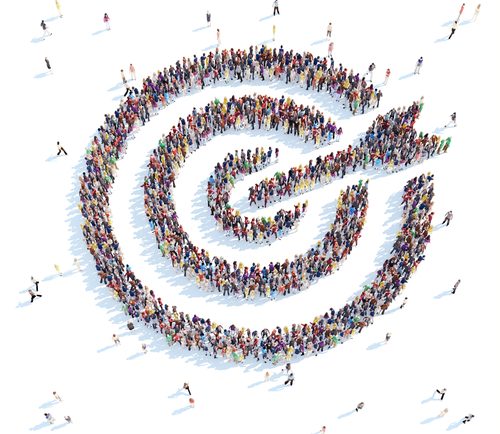
Website Content To Get You Noticed By Your Target Demographic
There is no denying that data demographics in most markets will show discrepancies. As it happens, demographic segments also respond to inbuilt stereotypes. For instance, there are too many professions that need to support gender equality as a result of biased social expectations. The legal profession is no stranger to gender inequality. Indeed, while there are equal numbers of male and female junior lawyers, law firms tend to prefer a certain type of demographic for their senior position: White, upper-class, and preferably Oxbridge educated. In the UK only, women make up less than one-quarter of partners. Similar trends can be seen in other European countries and the U.S. While some of the issues come from the presence of a glass ceiling and misogynist laws, it’s the persistent gender bias in this profession that perpetuates the demographic gap. Laws can’t be changed easily, but if law firms were to work with certified marketing professionals such as Berbay Marketing & PR to provide a genderless image of the legal industry, it’s likely that we’d assist to a demographic revolution. The only way to change the market segment is to introduce inspiring role models to those who have been so far excluded.
Breaking the mold?
As a response to hypersexualized advertising, more and more advertisers are trying to flip the gender clichés. Money Supermarket launched Epic Strut, a man in high heels and hotpants twerking to the Pussycat Dolls’ song Don’t Cha. Moving away from the sempiternal sex sells attitude that has been publishing female bodies since the sexual revolution, the ad offers to reverse the gender polarity. And in a sense, it’s amusing, catchy and it’s been approved by active feminists. Except for one question: How is sexism targeting men instead of women a better stereotype option? If we remember Emma Watson’s MTV speech, she referred to human beings, and not genders. There’s no way sex used to sell is respectful of human beings, whether you use men or women.
How can you avoid stereotyped communication?
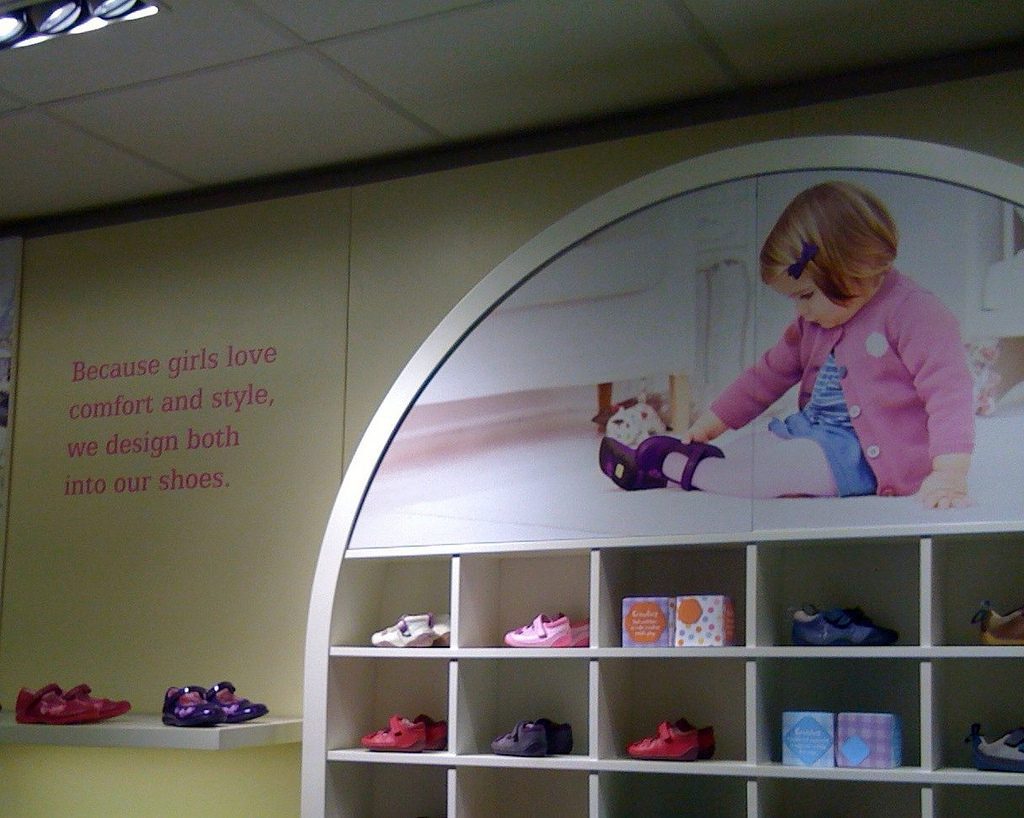
Typical example of gender bias
The problem that stereotypes pose is that reversing them doesn’t actually stop them. Instead, the process creates a new stereotype to beat a new demographic with. Consequently, it becomes more and more important for the advertising industry to get to meet real consumers to build a label-free messaging strategy.
For many, a stereotype is the result of lazy segmentation. Maybe it’s time for a new advertising era that needs multiple storylines for all demographic segments.

